French ZRK "Crotale-NG"
The "Crotale" -NG complex is intended for tracking short-range airspace, assessing the level of outgoing threats and making decisions with the use of its own weapons. It has the ability to track multiple air targets and shoot at them in any weather, day and night.
The main objectives of the “Crotale-NG” air defense system:
- cover offensive operations using heavy armored vehicles;
- protection of trust facilities and territory from air attacks;
- Mobile anti-aircraft protection of a specific object.
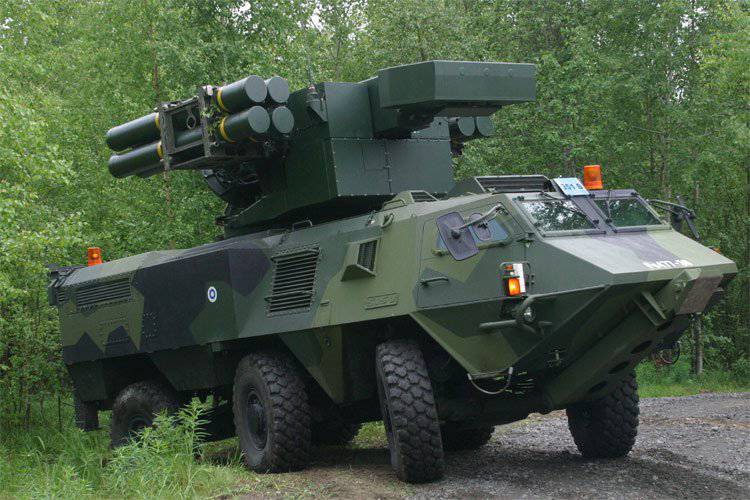
History LAW "Crotale-NG":
The history of the creation of the anti-aircraft missile complex begins with the creation of the Crotale complex in 1964 by the French company Thomson-CSF / Matra.
At the moment there are the following modifications of this complex:
- Crotale - is the base model;
- Naval Crotale - is a ship modification, used in the French Navy;
- Cactus - is a special modification made to the order of the South African armed forces in 1969 year, also supplied to the armament of Chile. The main use is air defense;
- Shahine - is a special modification, commissioned by the Government of Saudi Arabia, created in 1979 year, the beginning of deliveries to the customer 1982 year. Used in the armed forces of Saudi Arabia.
- Crotale-NG –modern modification of the “Crotale” air defense system.
The serial production of the Crotale-NG air defense system begins in 1990. The first batch of French complexes in the amount of 20 units is acquired by Finland.
The approximate cost of the finished (non-mobile) complex is eight million euros.
In 1998, Greece concludes a contract for one billion francs for the supply of 11 complexes for its armed forces (two air defense systems for the Navy and nine air defense systems for the Air Force).
At the moment, the “Crotale-NG” air defense missile system is actively produced and manufactured by the company “Thomson-CSF / Matra”.
The composition of the ZRK
The X-NUMX-tonnant SAM system, powered by an electric drive, is equipped with the following solutions:
- TRS2630 (E-band) surveillance radar with built-in “friend-foe” query functions. The determination range is horizontal to 20 kilometers, the detection range in height is up to 5 kilometers. It has the ability to automatically support up to 8 goals;
- tracking radar (J range), range of target identification (flying at speeds up to 2500 km / h) horizontally to 30 kilometers. It has improved noise immunity;
- optoelectronic equipment:
Thermal imager "Castrol Thermal" with a detection range from 10 to 19 kilometers, depending on weather conditions;
Infrared range finder;
Daytime television camera; "Mascot CCD TV camera" with a detection range of up to 15 kilometers.
- 2 launch devices with 4 VT-1 missiles each.
SAM mounted on a wheeled or tracked platform. Mainly used chassis from the M113 armored personnel carrier, tank AMX-30V, KIFV and Bradley infantry fighting vehicles.
The “Crotale-NG” air defense system is completely autonomous, from detection to destruction of air targets. The crew only needs to make identification twice. The reaction time of the complex is five seconds. The time spent on detecting, tracking and destroying an air target (flying at a speed of 1000 km / h) at a distance of the order of 13 000 meters is 15 seconds.
Re-capturing of the target occurs within 1-2 seconds. Theoretically, 2 can hit different groups of aerial targets with a total of up to 8 units.
The time spent on reloading the launchers is 10 minutes.
For loading, a transport-charging vehicle is used on the chassis of the Finnish company SISU.
Anti-aircraft missile systems, combined in a battery, can interact in a coordinated mode. An automated data exchange process is carried out to make decisions of optimal target distribution.
Armament complex:
The “Crotale-NG” air defense system is armed with Vought-Thomson “VT-1” missiles, created by LTV, according to the contract, for Thomson-CSF. Start of the 1986 rocket design year. Electron-optical guidance system. The range of controlled guidance 10 000 km, speed up to 3.5 M.
Main performance characteristics of the complex:
- the range of destruction 500-10000 meters;
- height of destruction 15-6000 meters;
- hit targets flying at speeds up to 1800 km / h;
- total number of missiles - 8 units;
- weight 73 kilogram;
- type fragmentation warhead, with directional action;
- Weight xnumX KG;
- missile guidance - radio command or optical.
Additional Information
At the beginning of the 2008, a successful test of the new modification, the “Crotale Mk.3”, was conducted. During the tests, the VT1 rocket hit the target twice - at an altitude of about 1000 meters and a range of 8 kilometers per 11 seconds and at a height of 0.5 kilometers and a distance of 15 kilometers in 35 seconds.
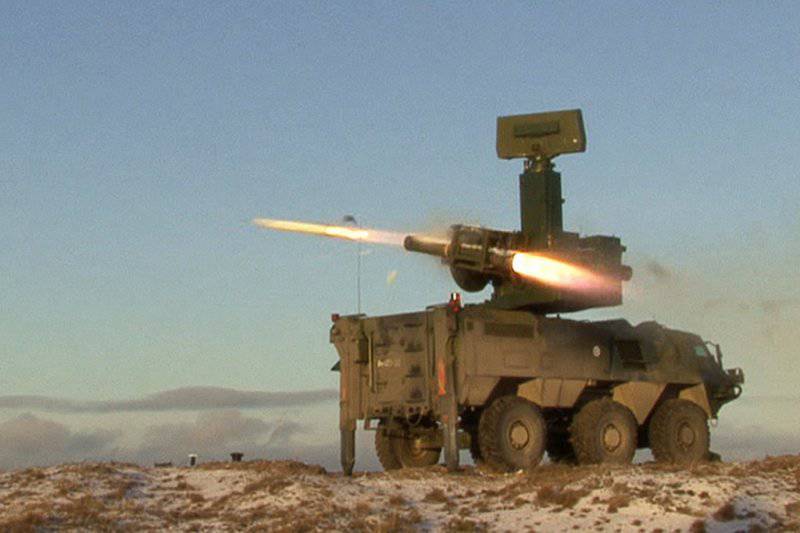
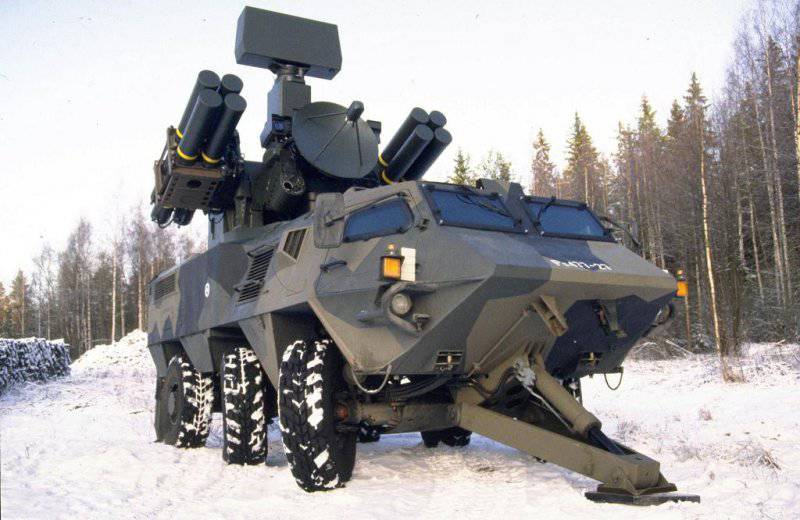
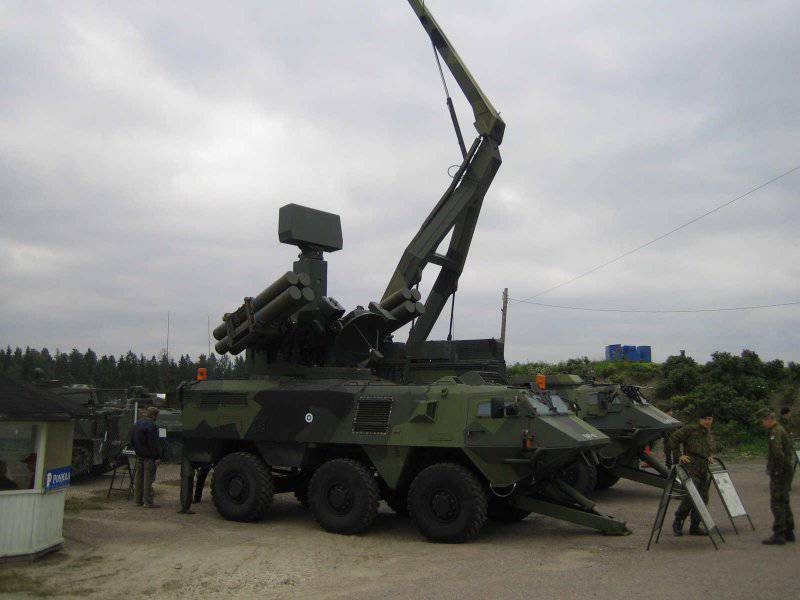
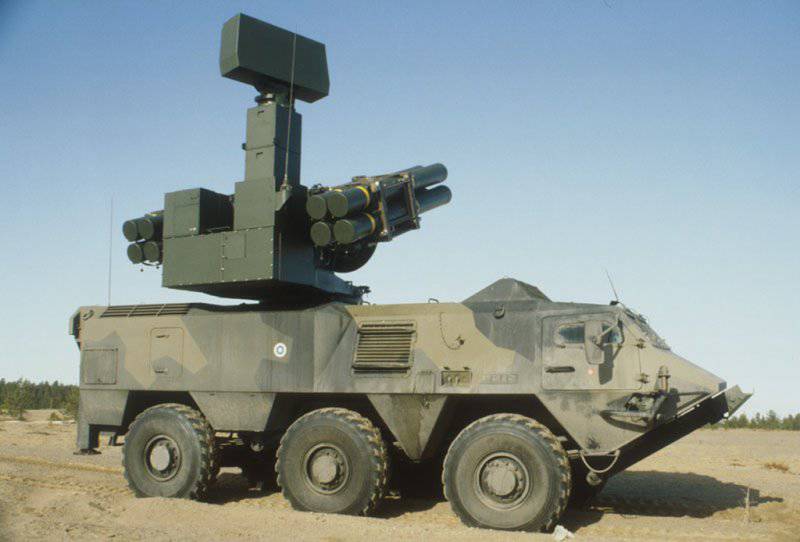
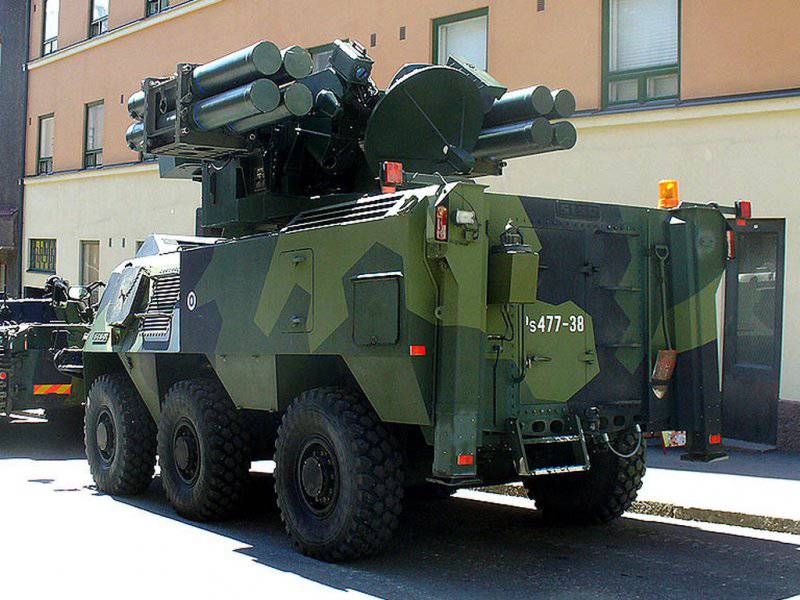
Information